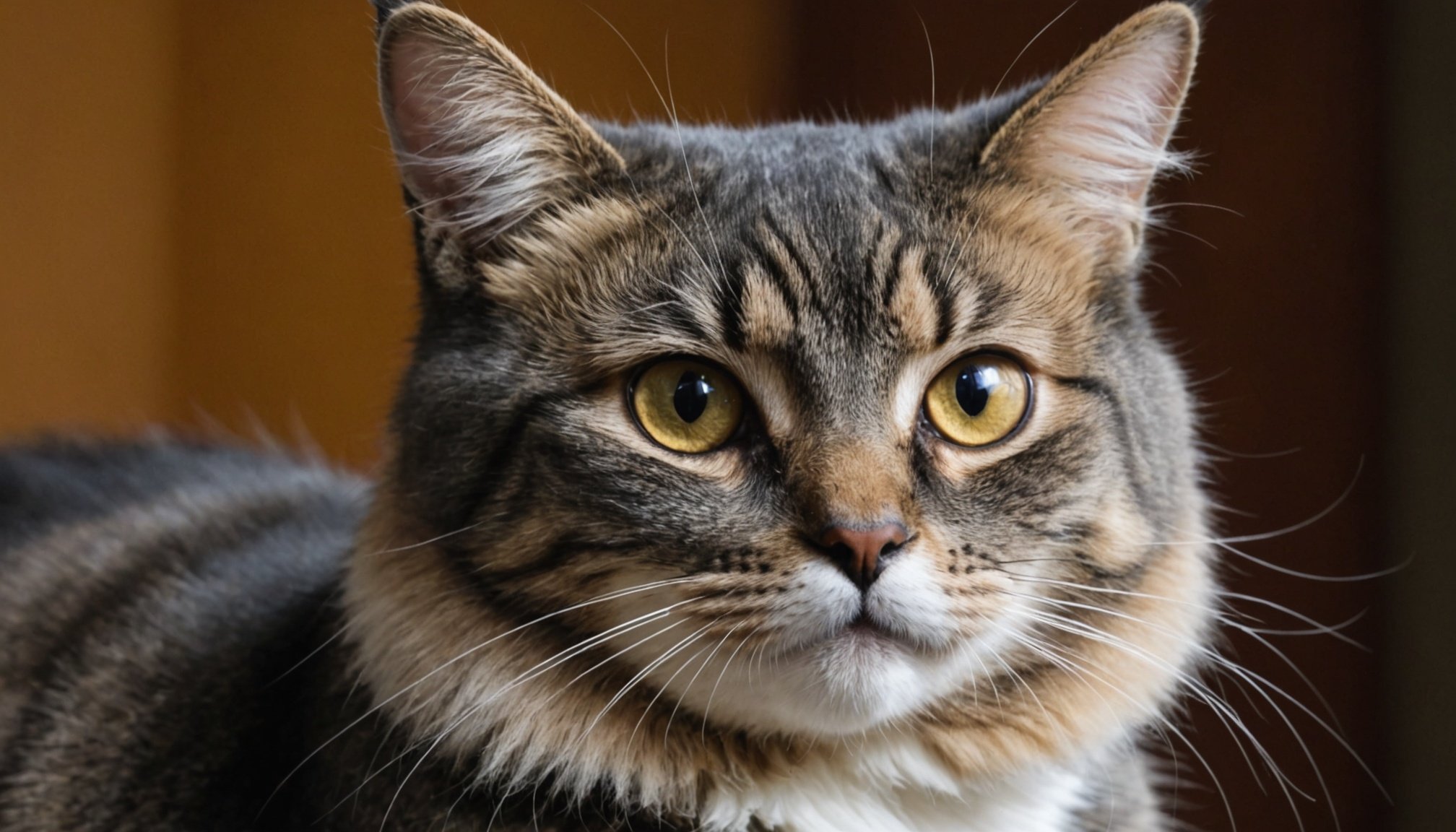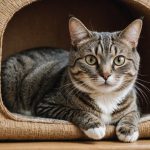In the world of pet ownership, few phenomena can be as perplexing or as persistent as the shedding of our feline friends. As the seasons shift, you may find yourself buried under mounds of cat hair or perpetually armed with lint rollers and vacuum cleaners. This shedding often spikes during seasonal transitions, turning your cozy abode into a sea of fur. But why does this happen, and what can you do about it? Let’s explore effective strategies to manage and reduce your cat‘s shedding, ensuring both you and your pet enjoy a harmonious home environment.
Understanding Seasonal Shedding
Seasonal shedding is a natural process for many cats, paralleling the transitions in weather and daylight. As you prepare for the change in temperatures, so does your feline companion. Cats typically shed their winter coat in the spring and their summer coat as winter approaches. This adaptation helps them regulate body temperature.
This might interest you : How can I recognize the signs of a potential allergic reaction in my cat?
Certain breeds are more prone to shedding due to their coat type. Long-haired varieties, like Maine Coons and Persians, often shed more visibly. However, shedding is not exclusive to these glamorous breeds; even short-haired cats like Bengals can shed significantly. It’s not just about the length of the fur but the density of the coat as well.
The shedding cycle can be influenced by various factors beyond the seasonal shift. Indoor cats, for instance, may shed year-round due to artificial lighting mimicking sunlight, which disturbs their natural shedding rhythm. Furthermore, excessive shedding might indicate underlying health issues such as skin infections, allergies, or nutritional deficiencies. Therefore, regular vet check-ups are vital.
This might interest you : Creative ways to keep your cat entertained when you”re away
Understanding the natural shedding process of your cat allows you to anticipate and prepare, rather than react to the avalanche of fur that might ensue during these seasonal changes.
Adopting an Effective Grooming Routine
Consistent grooming is your first line of defense against excessive shedding. It not only reduces loose fur from spreading throughout your home but also helps maintain the health of your cat’s skin and coat.
For long-haired cats, daily brushing is recommended to prevent tangles and mats, which can trap more hair and exacerbate the shedding problem. Short-haired varieties might only need a once-a-week session. Selecting the right brush is essential: a slicker brush or a grooming glove can work wonders for different coat types.
Bathing can also aid in the shedding process, although cats may not be the biggest fans of water. Using a gentle pet shampoo can help remove loose hair and improve coat cleanliness. Post-bath, ensure that your cat is thoroughly dried in a warm, cozy area to prevent chills.
Grooming sessions are also an opportunity for bonding. Approach them with patience and treats, transforming what can be a chore into a delightful routine. This positive reinforcement helps your feline friend associate grooming with comfort and care, making the process smoother over time.
Enhancing Your Cat’s Diet for a Healthier Coat
The saying “you are what you eat” applies to cats too. A balanced diet is crucial for maintaining the health of your cat‘s coat, directly influencing the rate of shedding. A nutrient-rich diet can lead to a shiny, resilient coat and minimize excessive shedding.
Ensure your cat’s diet is rich in omega-3 and omega-6 fatty acids, essential for skin and fur health. These nutrients combat dryness and flakiness, which can worsen shedding. Foods high in quality protein are also vital, as hair is primarily composed of protein. Real meat should be a staple in your cat’s meals.
Moreover, hydration plays a significant role. Encourage your cat to drink plenty of water, as this supports skin elasticity and coat luster. Wet food can supplement their hydration if your feline is not a big water drinker.
When considering dietary changes or supplements, consulting with your vet is important. They can provide tailored advice based on your cat‘s specific needs, ensuring that any alterations will enhance their overall health and coat health.
Managing the Indoor Environment
Your home environment can impact how much hair your cat sheds. Keeping your living space clean and comfortable contributes to the health of your cat‘s skin and coat, thereby reducing shedding.
Air quality is a crucial factor. A humidifier can be a valuable addition to your home, especially during dry seasons. Maintaining adequate humidity levels helps keep your cat‘s skin from becoming dry and flaky, which can worsen shedding.
Regular cleaning helps manage fur accumulation. Vacuum frequently using tools designed for pet hair, and keep lint rollers handy for quick clean-ups. Investing in furniture covers can also help manage fur on upholstery, making cleaning more manageable.
Finally, ensure your cat has comfortable spots to relax. Stress can contribute to excessive shedding, so providing a peaceful environment with plenty of cozy spots for lounging can help keep shedding under control.
While shedding is an inevitable part of owning a cat, understanding and managing it can help maintain a harmonious household. By incorporating regular grooming, a nutritious diet, and a supportive home environment, you can significantly reduce the amount of fur in your life.
Remember, shedding is natural, but excessive shedding could indicate a problem that requires veterinary attention. Regular check-ups ensure your cat remains healthy and happy, fostering a stronger bond between you and your feline companion. So, the next time you find yourself navigating through a fur-laden home, consider these strategies to make shedding a manageable aspect of pet ownership.















